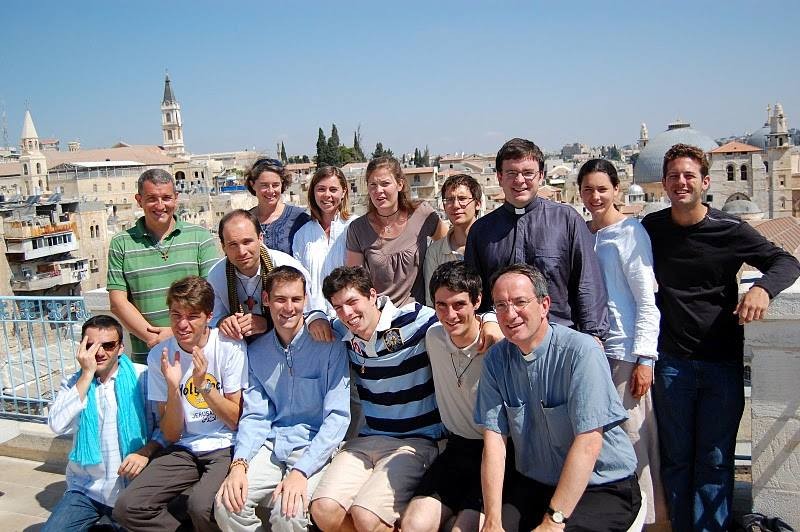
There is a renewed interest in religious rituals and practices among young French Catholics, contrasting with a broader decline in religious practice and attendance in France and other Western countries, La Vie (June 6) reports. In several cities, priests have seen a significant increase in attendance at Ash Wednesday masses, with a few churches even struggling to accommodate the faithful. According to anthropologist Valérie Aubourg (Catholic University of Lyon), this trend is part of a broader “ritual inflation.” Yann Raison du Cleuziou, a political scientist (University of Bordeaux) and leading scholar on contemporary French Catholicism, points out that “you can only see these changes with your eyes,” since they largely escape statistical surveys. He adds that at a Sunday mass, “where older Catholics make two gestures, younger Catholics, as well as French Catholics from overseas or of immigrant origin, make five or six.” Younger and more conservative believers emphasize physical gestures and symbols over verbal expressions of faith that had been put forward after the Second Vatican Council. Factors driving this include a recomposition of Catholicism around more traditional expressions of the faith and a desire for clarity and community among youth in an increasingly secular society, where Catholics are now a minority and under the influence (though not necessarily consciously) of other religions like Islam.

Group of young French Catholics (source: http://secretariat.synod.va/content/synod2018/en/news/france–_youngcatholics-a-minority-but-not-giving-up.html).
In France today, those not born in Christian families and “with no religious culture imagine what a religion is based on what they see of Islam,” says Raison du Cleuziou. In addition, young Christians see how Muslims keep their fast and feel challenged to emulate this with Catholic Lenten observances. Regarding fasting, the (male only) Exodus 90 program, imported from the U.S., is reportedly attracting a growing number of participants in France. The rituals are not merely a return to the past, but a creative hybridization, incorporating personal expression and modern media. This ritual revival is seen by church leaders as a “gateway” to deeper faith, though there are concerns about over-emphasizing outward forms without inner transformation. Overall, these trends are indicators of a Catholicism in flux, as younger generations seek to mark their religious identity through renewed engagement with sacred rites and practices, and seek more embodied, symbolic forms of religious practice.
(La Vie, https://www.lavie.fr/ma-vie/spiritualite/aujourdhui-le-geste-reprend-le-pas-sur-le-verbe-comment-expliquer-lattrait-des-jeunes-catholiques-pour-les-rites-94815.php)